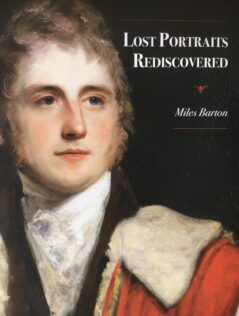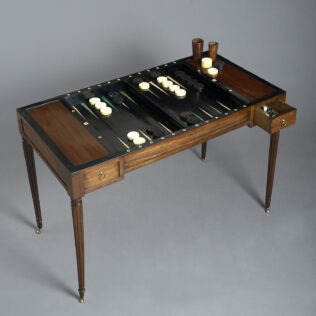There was a time when the Chinese found smoking tobacco quite distasteful but they also held the belief that snuff, made by mixed tobacco with herbs and spices, had medicinal properties. It was inhaled through the nose which caused sneezing – considered to be a great way for purging illnesses and allerigies!
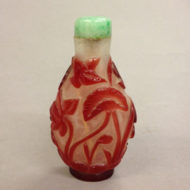
The Chinese Court did not have access to huge quantities of snuff until Jesuit missionaries who were hoping finally to gain access to the “Forbidden City”, in 1684, presented Kangxi, the second Emperor of the Qing Dynasty, with an elaborate snuff box. The emperor was very pleased by this precious gift and he realised that, owing to China’s humid climate, traditional Chinese medicine bottles made perfect snuff containers.
As a result, the Emperor Kangxi had beautiful snuff bottles made for himself and his family. But, as tobacco was imported from the New World, it was also prohibitively expensive for most commoners. So, for the higher echelons of Chinese Society, a snuff bottle was a symbol of status and for the same reason, these bottles were used as bribes!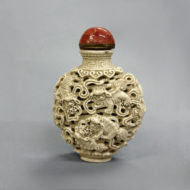
Standing three inches tall or less, antique snuff bottles were made from various materials: agate; porcelain; glass; jade; ivory; and precious stones such as tourmaline, ruby, matrix, and amethyst. The carved, molded, or painted designs on snuff bottles included plant and animal totems intended to convey blessings.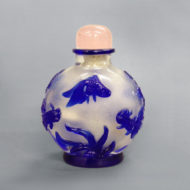
The most treasured Chinese snuff bottles come from the courts of Yongzheng and Qianlong, where their artisans had learned the process of enameling and painting metal or glass from the Jesuits, decorating bottles with a typical European-style Christian iconography.
You can find more snuff bottles on our site in our Ceramics section

